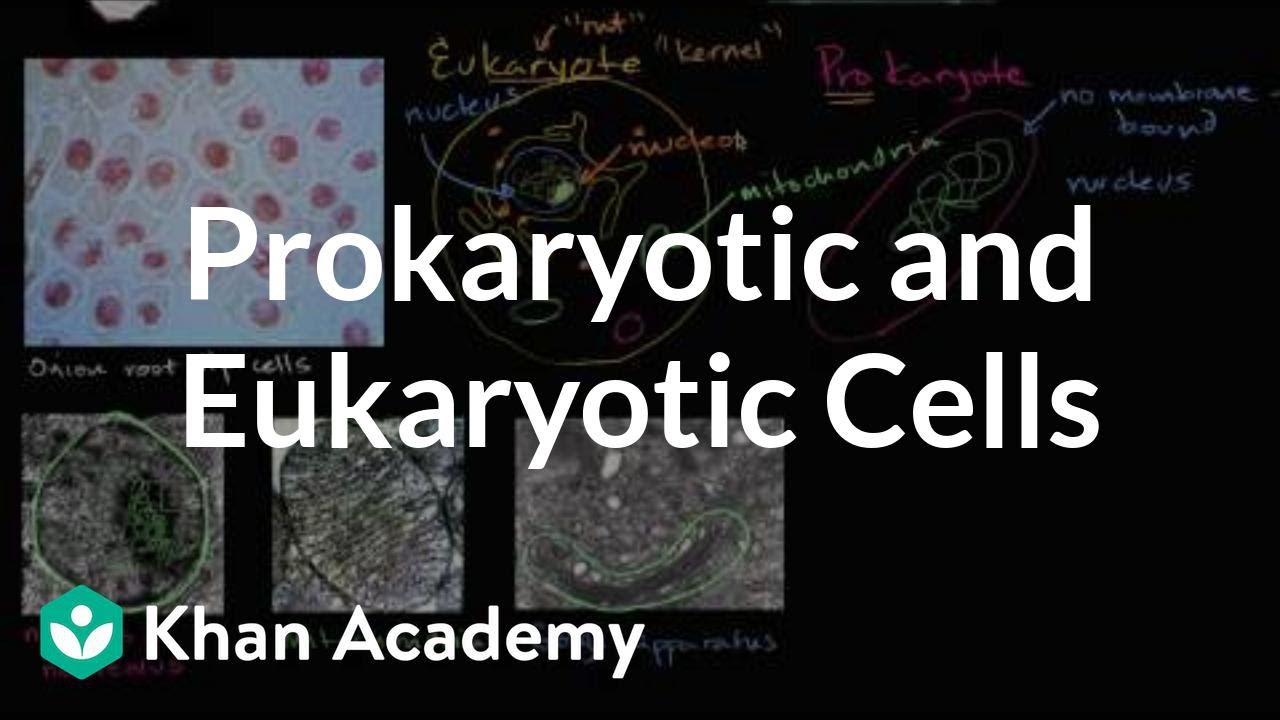
When there is a large amount of light hitting the photosystems, all the NADP + available becomes used up and non-cyclic photophosphorylation can not proceed. Cyclic photophosphorylation is another type of photophosphorylation that happens when there is excess light. (The name non-cyclic photophosphorylation implies that there is a cyclic version of it. Diagram 1: Non-Cyclic Photophosphorylation (Source: BioNinja)

This is called non-cyclic photophosphorylation, denoting that the energy for the phosphorylation is supplied by light(photo-). When H + ions passes through ATP synthase, ATP is produced. The H + concentration gradient generated is also used to conduce chemiosmosis, where the ions are diffused back to the stroma through an enzyme called ATP synthase. The electrons are then re-energized by a second photosystem and is used to reduce NADP +, an electron carrier, to NADPH. These proteins uses the energy from the electrons to pump H + ions into the thylakoid space, forming a concentration gradient. The high-energy electrons then pass through a series of protein called the electron transport chain(ETC). This is called photoactivation of the photosystem and the photolysis of water. In the light dependent reaction, special protein complexes containing pigments called photosystems that are located on the thylakoid membranes of chloroplast absorbs light to break down water into excited electrons, H + ions, and oxygen. Photosynthesis happens in two parts: there’s the light dependent reaction, and the light independent reaction(also called the Calvin cycle). This process is called photosynthesis and it changed life on earth forever. By harnessing the power of photons from the sunlight, these organisms are able to turn very simple molecules, CO 2 and H 2 O to be exact, into glucose, which contains a great deal of energy in its carbon-carbon bonds. It didn’t take “long” (about 800 millions years) before some organisms learned to power themselves with the most abundant energy source on earth – sunlight.

However, as evolution has taught us, life finds a way. The problem with only having access to these compounds as an energy source is that the complexity organisms are limited due to the availability of these compounds and the little amount of energy store in their bonds. When the earth was young and life has just started to develop, the only source of energy was from simple hydrocarbons, carbohydrates, and other organic compounds. Class of 2020, Stamford American International School, Singapore.


 0 kommentar(er)
0 kommentar(er)
